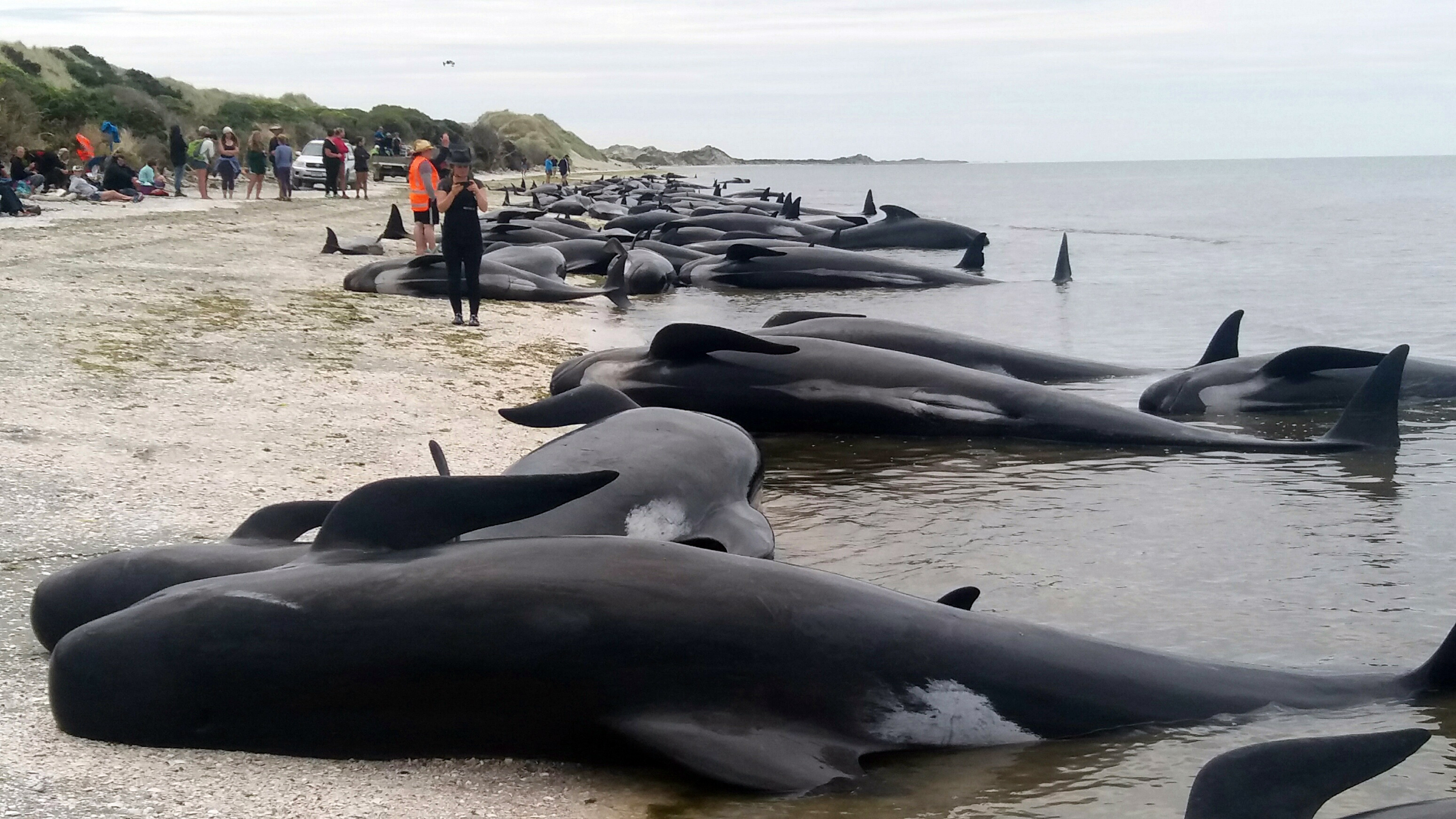
WHALE strandings could partly be caused by the animals becoming exhausted while trying to escape from human noise, scientists believe.
A study has found that startled beaked whales swimming away from low frequency sonar boost their energy consumption by more than 30%.
Tests on trained dolphins showed that they doubled their energy use when pushing against a force plate in a pool.
Cetaceans such as dolphins and whales, which have to surface to breathe, balance their energy demands against a limited supply of oxygen.
In some cases fleeing whales may run out of steam and become washed up on beaches, the research suggests.
US lead scientist Dr Terrie Williams, from the University of California at Santa Cruz, said the study showed a big difference in the energy cost of whales swimming normally and attempting to escape danger.
She added: “In view of the number of cetacean mass strandings across the globe and the increase in human presence in the oceans, such data are critical.”
The research involved training six bottlenose dolphins to take part in swimming tests while scientists measured their oxygen consumption and the rate at which they beat their fins.
Another part of the study analysed recordings of a Cuvier’s beaked whale reacting to 20 minutes of loud sonar.
Based on the whale’s fin beat pattern, the scientists calculated that the animal’s energy consumption was increased by 30.5%. Even after the noise stopped, the whale continued to display energetic fin beats for almost two hours.
The findings are published in the Journal of Experimental Biology.
Experts are still at a loss to explain the mass stranding of more than 600 pilot whales that washed ashore on New Zealand’s South Island over the course of two days last month.
Around half of the whales died or had to be euthanised. The others were refloated by volunteers or managed to swim back to sea unassisted.

Enjoy the convenience of having The Sunday Post delivered as a digital ePaper straight to your smartphone, tablet or computer.
Subscribe for only £5.49 a month and enjoy all the benefits of the printed paper as a digital replica.
Subscribe